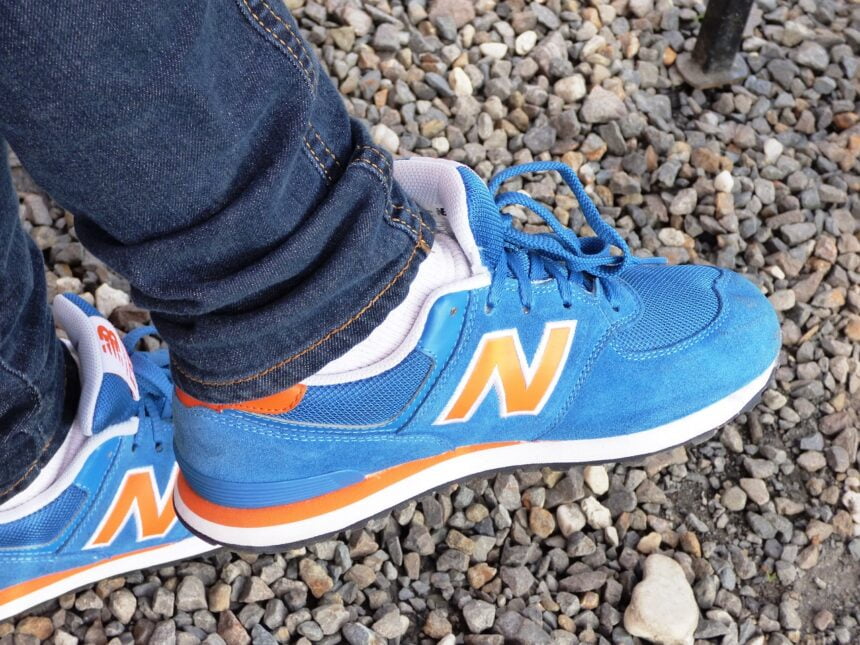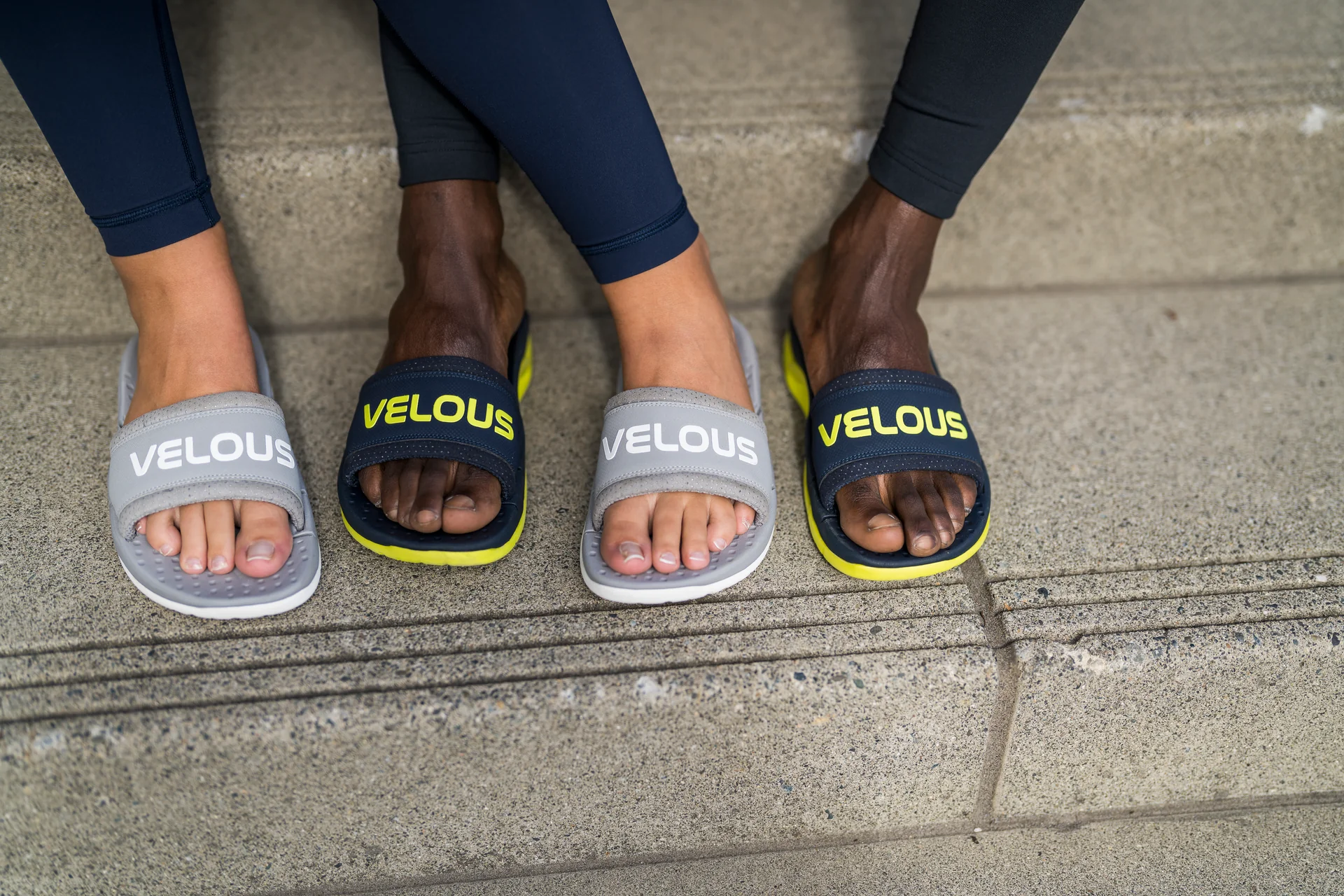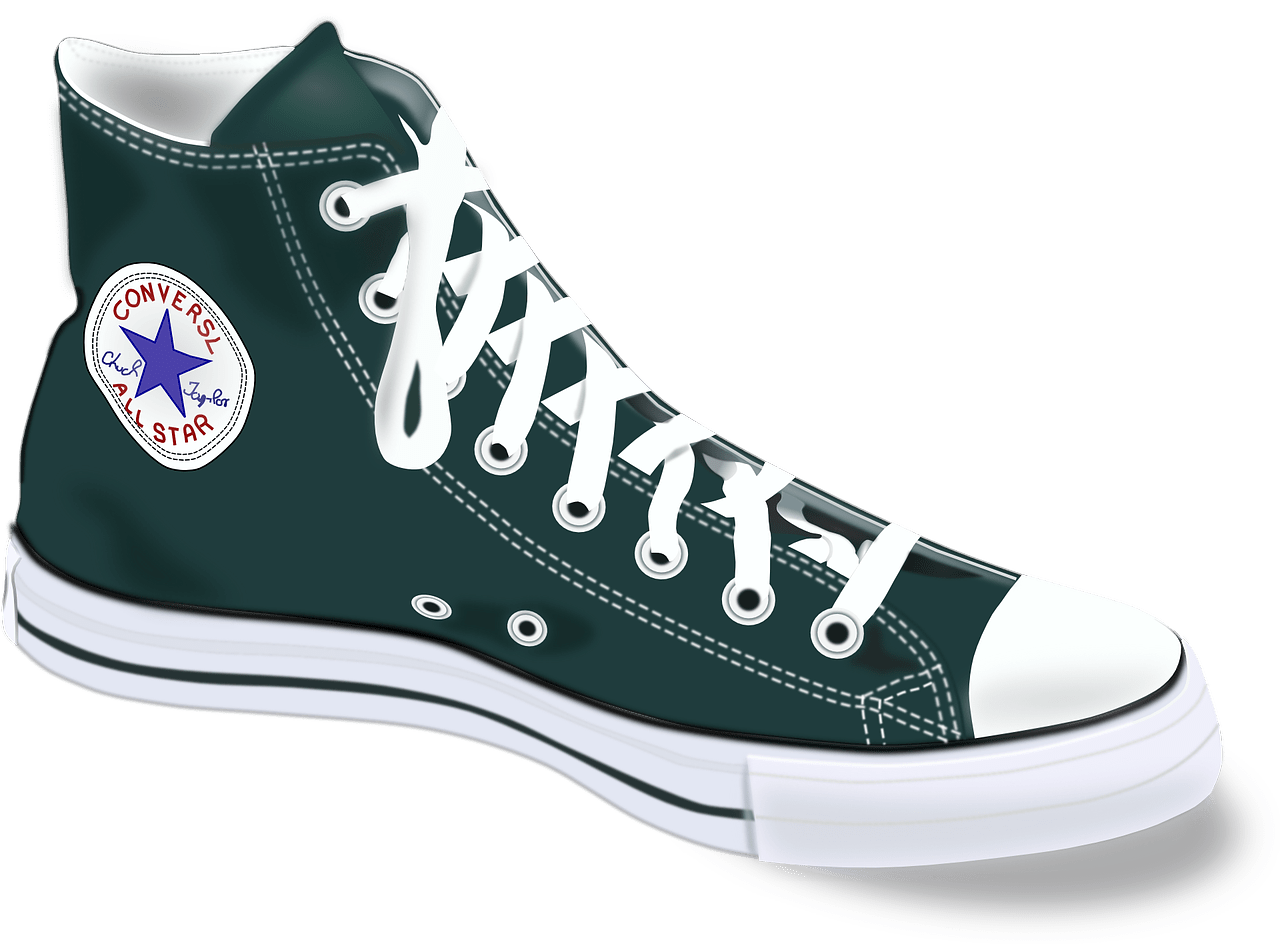New Balance is a footwear and apparel brand that has been in business for over a century. Founded in 1906 by William J. Riley, the company started out as a manufacturer of arch supports and orthopedic shoes.
However, in the 1960s, it began to expand into athletic footwear, and by the 1970s, it had become a major player in the industry.
In this post, we will take a look at the history of New Balance, from its early beginnings to its current status as a global brand. Understanding the brand’s history is important to understand its continued relevance and success in the present day.
Early beginnings
New Balance was founded by William J. Riley in 1906, in Boston, Massachusetts. Riley was a British-born American who had a background in shoemaking and a strong interest in biomechanics. He started the company with the goal of producing high-quality arch supports and orthopedic shoes to help people with foot problems.
In its early years, New Balance primarily focused on producing arch supports and orthopedic shoes for people with foot problems. The company’s products were known for their high quality and effectiveness in providing support and comfort to the feet.
In the 1960s, New Balance began to expand into athletic footwear. This was a natural progression for the company, as it already had a strong background in biomechanics and foot health.
New Balance’s athletic footwear was designed to provide support, comfort, and performance for athletes and active individuals. The company’s shoes were well received by athletes and the brand began to establish itself as a reputable brand in athletic footwear market.
The 1970s and 80s: The Rise of New Balance
Introduction of the iconic 990 model: In the 1970s, New Balance introduced the 990 model, which would go on to become one of the brand’s most iconic and enduring products. The 990 was a running shoe that was designed for serious runners, and it was known for its superior quality, comfort, and durability. The shoe’s success helped to establish New Balance as a major player in the athletic footwear market.
Partnership with professional athletes and teams: In the 1970s and 80s, New Balance began to form partnerships with professional athletes and teams. This helped to increase the brand’s visibility and credibility in the athletic community. Some of the notable partnerships included the Boston Red Sox, the Boston Bruins and Boston Celtics.
Expansion into international markets: In the 1980s, New Balance began to expand into international markets. The company established a presence in Europe and Asia, and it began to build a global following. This helped to increase the brand’s visibility and credibility on a global scale.
The 1990s and 2000s: Consolidation and Growth
Continued expansion into new markets: In the 1990s and 2000s, New Balance continued to expand into new markets.
The company established a presence in many countries and regions around the world and by this time New Balance had become a global brand.
Introduction of new technologies and designs: During this period, New Balance introduced new technologies and designs to its products.
The company continued to innovate and improve its products, and it invested in research and development to stay ahead of the competition.
Some of the new technologies and designs included the introduction of new materials and cushioning systems to their shoes.
Development of a strong brand identity: Over time, New Balance has developed a strong brand identity. The company’s commitment to quality, comfort, and performance has helped to establish it as a reputable and trustworthy brand.
New Balance’s reputation was enhanced by its association with professional athletes, teams, and its reputation for producing high-quality, durable, and comfortable shoes. This helped to solidify the brand’s image as a leader in the athletic footwear market.
In the 2000s and 2010s:
In the 2000s and 2010s, New Balance continued to grow and consolidate its position as a global brand. During this period, the company:
- Continued to expand into new markets, particularly in Asia and Latin America
- Introduced new technologies and designs to its products, such as the use of lightweight materials and advanced cushioning systems
- Diversified its product offerings by introducing new styles and categories, such as lifestyle shoes and clothing
- Invested in sustainability and social responsibility, implementing environmentally-friendly practices in its manufacturing process and supporting various charitable and social causes.
Additionally, New Balance also formed partnerships and collaborations with various fashion designers and street-wear brands to create limited edition collections, this helped to increase the brand’s visibility in fashion industry as well.
Throughout this period, New Balance continued to maintain its reputation for quality and innovation, which helped it to attract and retain a loyal customer base.
As a result, the brand experienced steady growth and success during this time, laying the foundation for its continued success in the present day.
The 2010s and Beyond: New Balance Today
Continued focus on quality and innovation: New Balance continues to focus on quality and innovation in its products. The company continues to invest in research and development to improve its products and stay ahead of the competition.
The brand’s commitment to quality, comfort, and performance is still the core of its identity.
Expansion into new categories, such as apparel and accessories: In recent years, New Balance has expanded into new categories, such as apparel and accessories. This has helped the company to diversify its product offerings and increase its revenue streams.
New Balance also expanded into new categories such as running, training, and lifestyle shoes, sneakers, and clothing for men, women, and children.
Investment in sustainability and social responsibility: New Balance has also invested in sustainability and social responsibility.
The company has implemented sustainable practices in its manufacturing process, such as using environmentally-friendly materials, reducing waste and energy consumption. It also invested in the communities where it operates and in the development of the workforce.
New Balance is also actively engaged in supporting various charitable and social causes. This helps to enhance the company’s reputation and increase customer loyalty
Conclusion
Today, New Balance is still a major player in the athletic footwear market, with a strong reputation for quality and innovation. The company continues to expand into new markets and categories, and it has a strong focus on sustainability and social responsibility.
New Balance’s continued relevance is also evident in its popularity among customers, athletes, and even celebrities.
With its rich history, commitment to quality, and focus on innovation, New Balance is well-positioned for continued success in the future.







